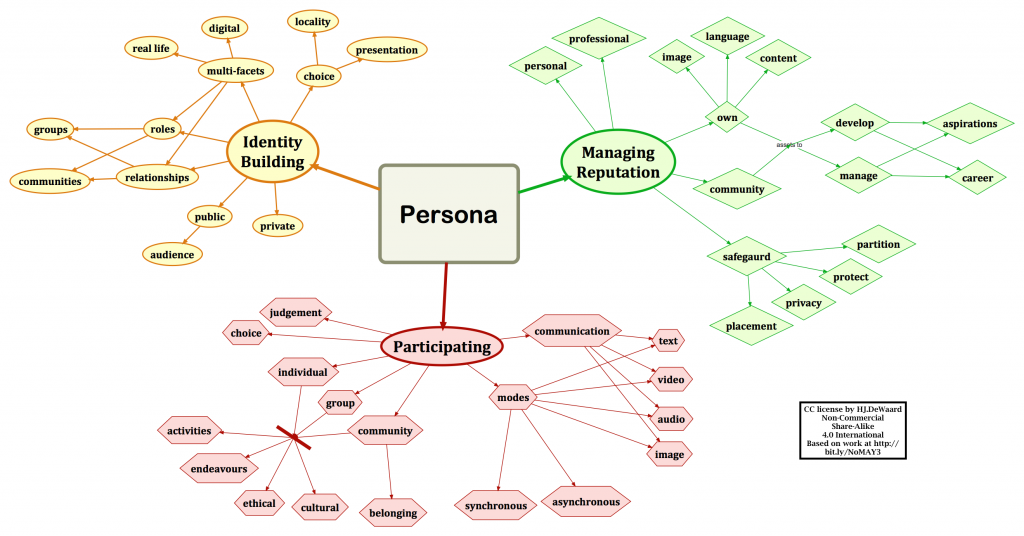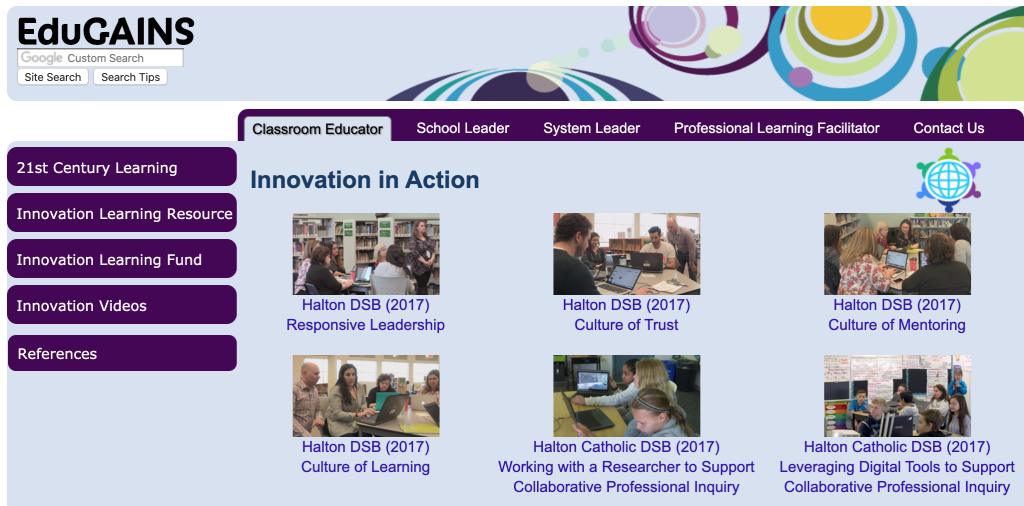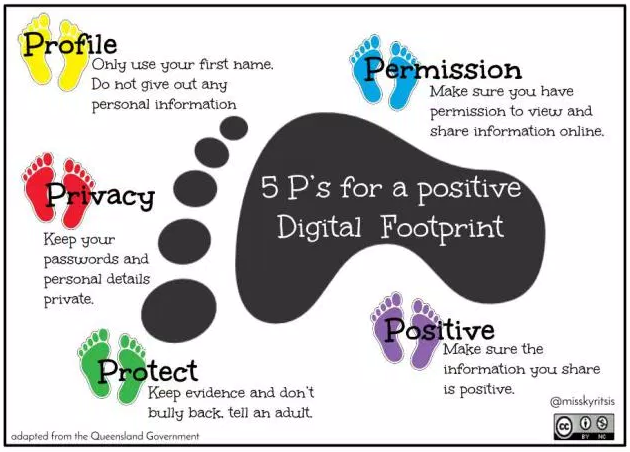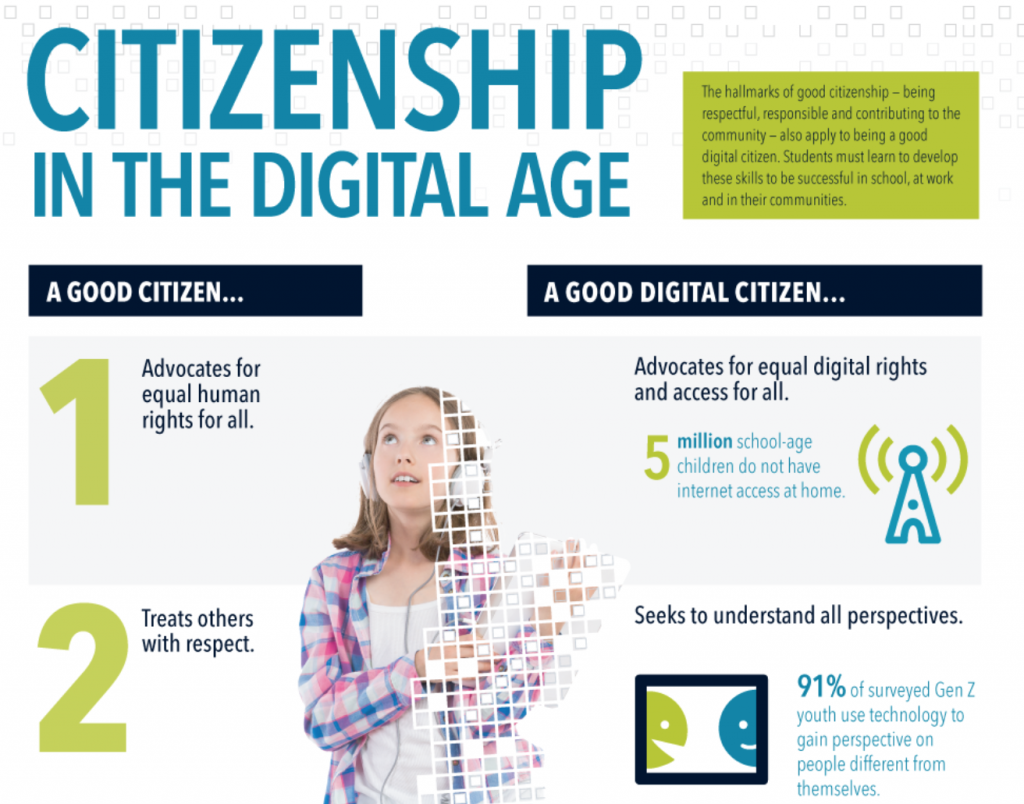Hook: Identity and Reputation
This week we will examine the issues of reputation, identity, and membership within digital contexts. When building identity, learners and teachers develop a sense of their own role in digital environments. By consciously managing digital reputations, teachers highlight the importance of building and maintaining both individual and community reputations. While examining modes and means of participation, we will focus on the nature of collaborative contribution (both synchronous and asynchronous) that make up many digital projects and inherent ethical and cultural challenges.
Let’s begin with a story about reputation, identity and membership from a student’s perspective. Meet Autumm Peltier. Imagine how a student such as Autumm Peltier can model identity building that students in your classrooms may undertake. How does Autumn’s story influence reputation and membership?
At the end of this week, you will:
- describe digital citizenship and identity issues as they apply to teachers and students
- discuss how reputation, identity, safety and ethics can influence choice and voice in digital spaces
- discover digital citizenship teaching resources and determine where and how these resources can be applied to classroom instruction
- integrate information from professionals in the field of education into your personal and professional practices
- review inquiry projects to provide feedback
Direct Instruction: Digital Persona
As you read and view media for this week’s topic, consider your own digital skills, fluencies and persona from a critical digital literacy stance as a teacher. How are you applying the specific skills of managing your reputation while participating safely and ethically, and building your professional digital identity? The EduGAINS site provides a selection of videos highlighting how technology innovations are used in Ontario Schools which may inform your understanding of what it means to be a ‘modern day educator’.
Read, View, and Listen
- Hinrichsen & Coombs, section on Persona: Identity issues and the digital, and Figure 5
- You can add to our collaborative annotations using Hypothes.is. If you do this, you can substitute this for the D2L discussion forum response. The choice is yours.
- Media Smarts Canada –Think before you share and other resources
- View ONE of the videos on the EduGAINS site ‘Innovation in Action‘ with a critical eye on the role, voice, presence of the educators in the video production. Share insights from this video viewing in your D2L discussion post.
- Listen to the embedded recorded podcast created by one group of students from last year’s 3516 Course work and posted to Soundcloud to deepen your understanding of meaning making as a digital literacy.


- Post in D2L – this can be done as an audio recording (try using Zencastr to record your thoughts and topics for this week, then upload the audio file into D2L).
Share your ideas and thoughts about building and managing a professional digital identity. Consider insights from the EduGAINS video you viewed, or the video linked below. Your ideas can be the spark or connection for others.
Guided Practice
Are there influencers in digital educational spaces as there are in social media and popular culture? If so, who are some edu-influencers you should follow? What critical digital literacies do you need to apply when exploring the world of edu-influencers [Instagramming their hearts out: What do edu-influencers share on Instagram?]? Who are some Ontario Education influencers?
While this poster of the 5 P’s for a positive digital footprint is intended for younger children, how can this influence your intentional creation of a positive digital persona as a teacher?

What about digital citizenship? As an educator, our ‘real world’ persona is held to a higher standard than those in the general public. Is the same true for our professional digital persona? How could the 5 P’s of a positive digital footprint inform the development of your critical digital persona? Are there unique distinction between digital citizenship and citizenship in physical spaces when you are working in the field of education?
Learn more by joining an informal Zoom conversation with some Ontario Educators. This is one of the optional video conversations offered in this course. See the link and invitation in D2L.
Independent Practice: feedback on your inquiry project
- Share the link to your Inquiry Project presentation with someone who is not in this course, so they can see the work you’ve accomplished in this project. This could be another teacher candidate in your cohort, an associate teacher you’ve worked with on placement, an instructor in the faculty at Lakehead, a friend, or family member. Ask them for one element of feedback on your project and presentation. In this way, you are building your digital persona with intention.
- Provide feedback to your group members in Google Chat room.
- Review the requirements in the syllabus and begin working on your final reflection for the A2 assignment due next week.
Wrap Up
- Review the items from this week and select one or two to share in Cube for Teachers
- Review the Grade Grid and check your progress in this course.
Supplementary Resources
ISTE – A Good Digital Citizen infographic

Link to read this infographic – ISTE Citizenship in the Digital Age